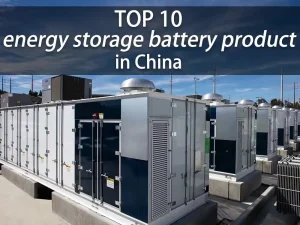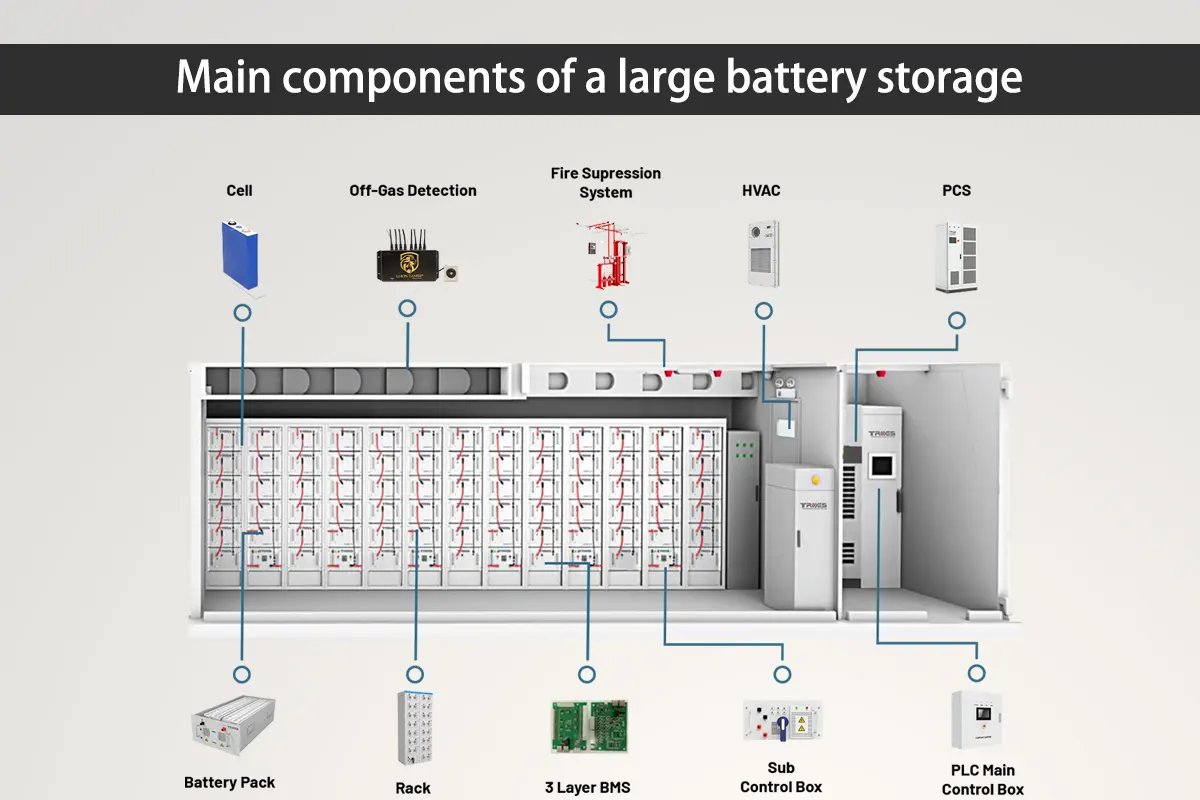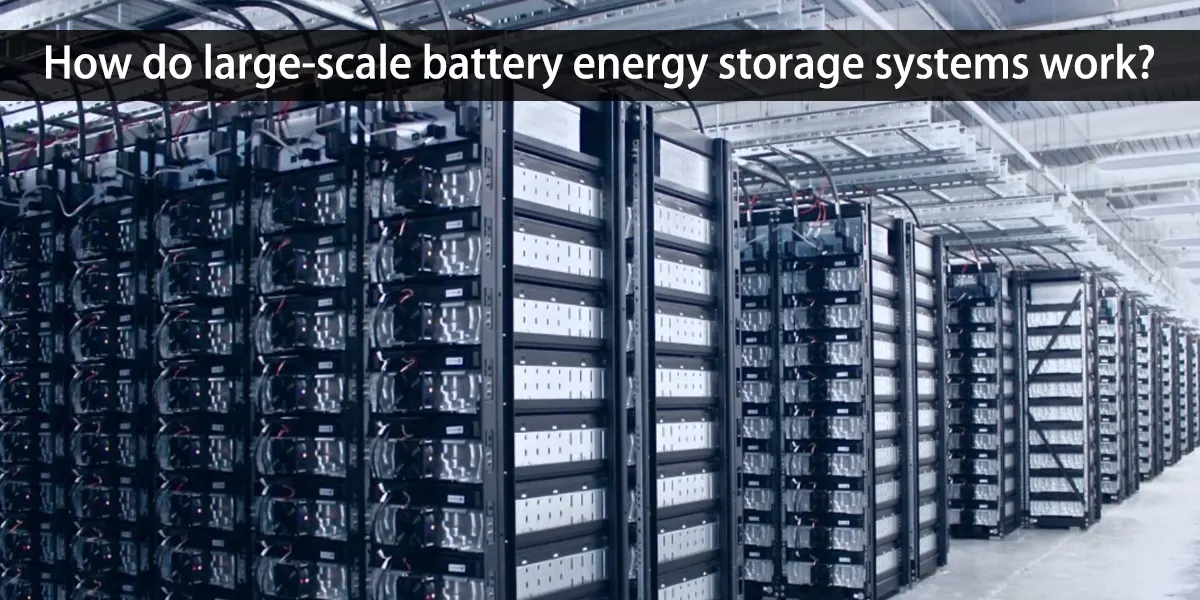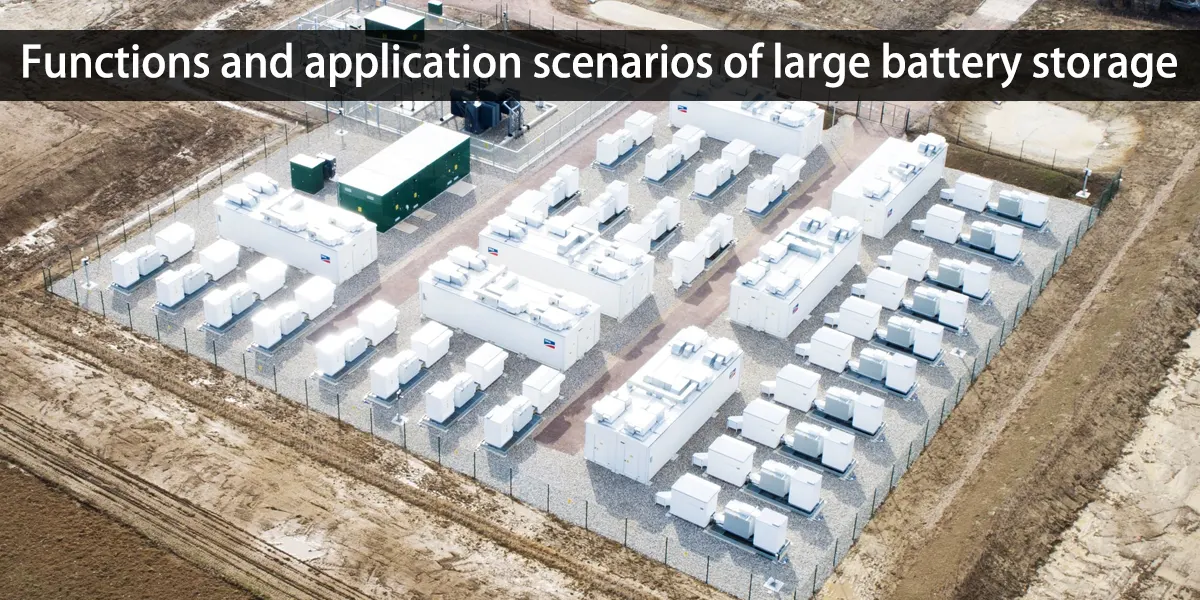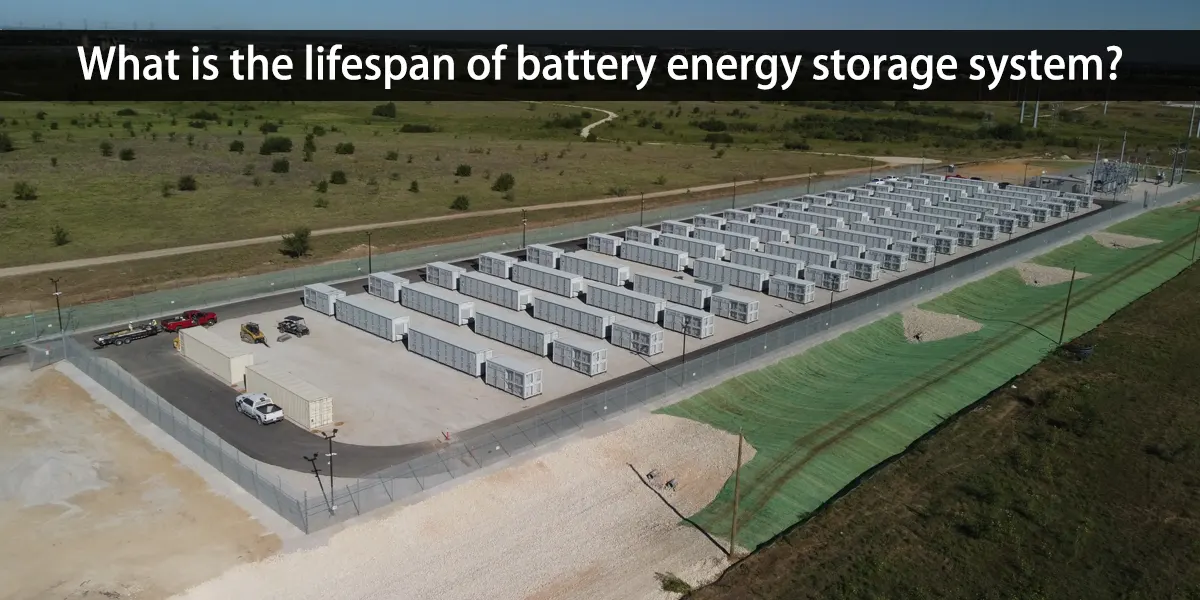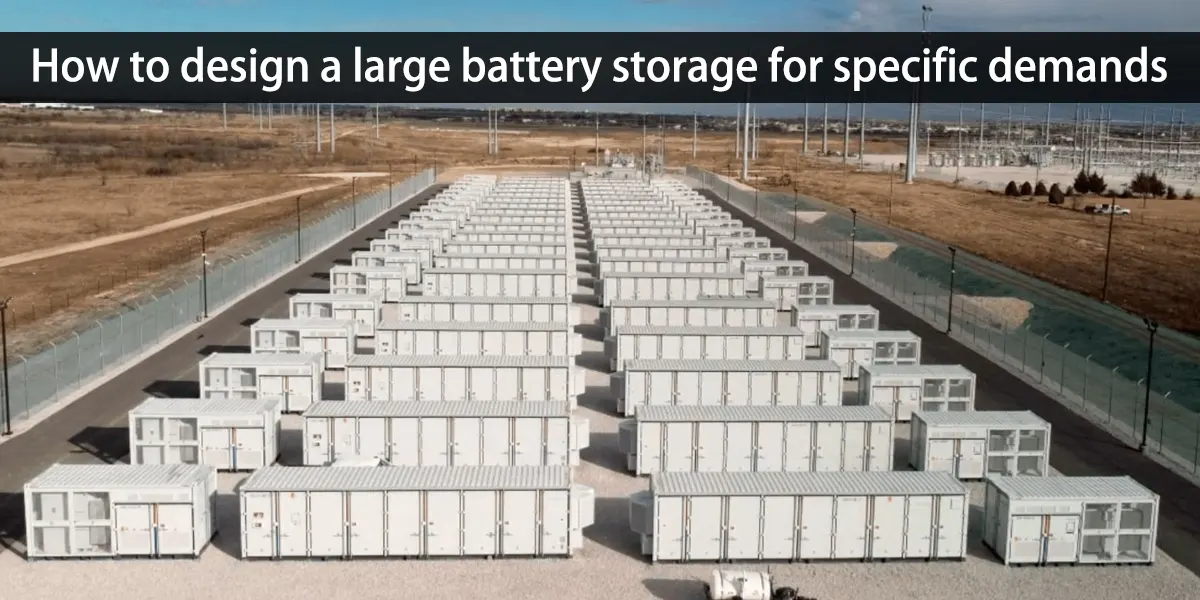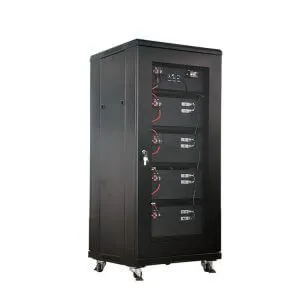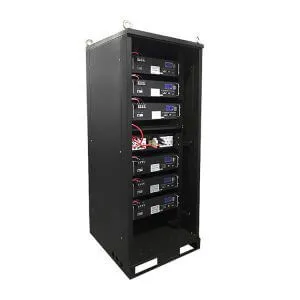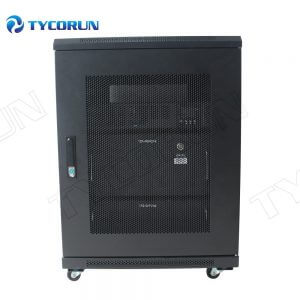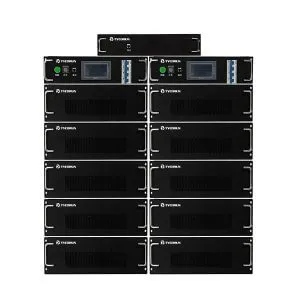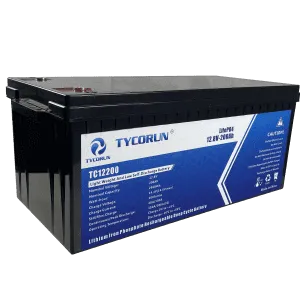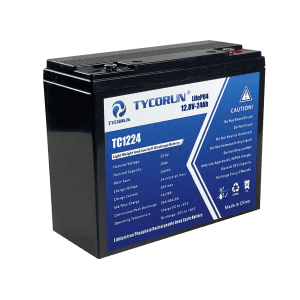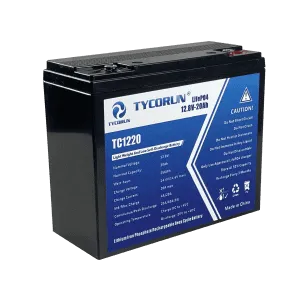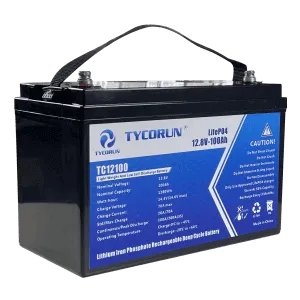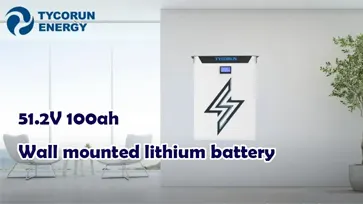Large battery storage - overall introduction and advantages
Home » Large battery storage – overall introduction and advantages
Large battery storage solution
16-year professional lithium ion battery manufacturers, 10-year warranty on battery packs, using the best BMS protection board, protecting the lithium battery pack from overcharge, overdischarge, overcurrent, short circuit, etc, with excellent self-discharge rate. Configurable Bluetooth, can be connected in series and parallel. The heating function and other special functions can also be customized. Enough stock for the large battery storage solution. Can be shipped within 3 days.
Large battery storage – overall introduction and advantages
Electricity energy is quickly becoming the order of the day, and everyone is quickly taking advantage of the highly beneficial energy generation technology. Take a look around today, and you will notice a wide usage of this type of energy for both indoor and outdoor applications. However, one problem that many people seem to face is transforming this energy for large-scale use.
It will be largely limited if it cannot be used to maximum effect, and it is for this reason that large battery storage was invented. Here, this article will tell you everything you need to know about large-scale battery energy storage systems and why they are a feature of electricity energy generation.
Main content:
- What is large battery storage?
- Main components of a large battery storage
- How do large-scale battery energy storage systems work?
- What are the benefits of large battery storage?
- Functions and application scenarios of large battery storage
- Characteristics of large battery storage
- How much power can a large battery store?
- What is the lifespan of battery energy storage system?
- What is the BMS for a large battery storage system?
- How to design a large battery storage for specific demands
- How to ensure the security of a large-scale battery energy storage system
- Normal specification of large battery storage system
- The best large battery storage Manufacturer
- FAQs about large battery storage

What is large battery storage?
As the name already implies, large battery storage is a technology used to store electricity energy on a large scale for use. Yes, it is much similar to the regular battery storage systems we use in our everyday activities, with the telling difference being that this particular battery storage can store a larger energy capacity. Now, utilizing renewables like solar and wind energy just got much more interesting as it can finally be maximized for better results.
Main components of a large battery storage
Energy storage systems are made up of different components coming together to work as a unit. These components are assembled accordingly, and they enable the system to function as a cabinet. Here are the various components that make up large battery storage.
● Battery:
The battery is one of the most important components of this setup, especially since it is tasked with the energy storage task. While there are several types of energy batteries, the lithium-ion battery is the most ideal for large battery storage. For energy storage inverters that support both lead-acid batteries and lithium batteries, which one to choose depends on investment willingness, project type, project location, and quality assurance requirements.
The energy density of lithium batteries is higher, about 6 to 7 times that of lead-acid batteries, smaller in size, lighter in weight, and has a long cycle life, which is 1.5 to 5 times that of lead-acid batteries. Therefore, batteries used in large energy storage systems are generally lithium batteries.
● Thermal Management System (TMS):
This is the component responsible for the temperature regulation of the system, and it is also a very crucial part. This is because the battery can easily overheat without the TMS, causing it to decay quickly. This system also keeps the battery from going below a specified temperature that would see it enter hibernation mode.
● Energy Management System (EMS):
The EMS is tasked with comprehensively controlling each component in the cabinet to ensure they are all functioning as they should.
● Battery Management System (BMS):
The BMS is like the EMS but only concerned with the battery. It monitors the safety status of the battery to ensure the normal operation to reduce the possibility of abnormal conditions, and summarizes the battery information and enables the user to have better control over it.
● Power conversion system (PCS):
The converter (PCS) is a key link in the energy storage system, which controls the charging and discharging of the battery, and performs AC-DC conversion, and directly supplies power to AC loads without a grid. It is a device that converts the electrical energy stored in the battery into alternating current energy and supplies it to the grid or users. PCS is mainly composed of inverter, transformer, controller and so on. Its main function is to convert DC power into AC power, control the input and output of power, and ensure the safety and stability of the system. The performance of PCS directly affects the operating efficiency and service life of the battery energy storage system.
How do large-scale battery energy storage systems work?
The large-scale battery energy storage system’s working principle is similar to regular energy batteries. This is in the sense that it charges or collects energy from an energy source and stores it for usage at a later time. However, because it is a large storage system, it receives energy from higher power sources like grids and power plants and supplies it on a larger scale.
The working modes of the energy storage system are divided into grid-connected mode, off-grid mode and mixed mode.
1. Grid-connected mode: In the grid-connected mode, the energy storage system is connected to a large-capacity public grid. This mode is often used for peak regulation and frequency modulation, peak shaving and valley filling, power load balancing and power quality adjustment.
2. Off-grid mode: In the off-grid mode, one or more power generation systems are connected in parallel to form a local “micro-grid”. The main feature of the off-grid system is that the local grid does not supply power to the external grid, and the output of the system is isolated from the external grid. Common applications include smoothing power fluctuations caused by variable loads from variable sources, stabilizing power grids, optimizing fuel usage and regulating power quality.
3. Mixed mode: The energy storage system is able to switch between grid-connected and off-grid modes. In the event of a power failure, the energy storage can supply the stored energy to local users, avoiding power interruption during the fault repair process and ensuring the reliability of power supply.
What are the benefits of large battery storage?
Large battery storage maximizes the benefits of regular storage batteries while throwing in a few extra added benefits. Here are some of the most significant advantages of using large battery storage.
- ● It helps you make the most of power
- ● It improves the penetration rate of large-scale renewable energy
- ● It can supply power on a large scale to more and bigger equipment.
- ● It provides a greater energy security
- ● It is environment friendly
- ● It can ensure the reliability and stability of power supply.
Functions and application scenarios of large battery storage
The main application of large battery storage is as emergency backup power in industries. They usually play second fiddle to compact grids and instantly transition from backup to main power if the primary power source fails. However, they can also function effectively and hold steady as the main power source too. These storage systems also function as a bridge between the existing gap between renewable energy generation and demand by providing a stable and consistent battery solution.
From the perspective of the entire power system, the application scenarios of energy storage can be divided into three scenarios: energy storage on the generation side, energy storage on the transmission and distribution side, and energy storage on the user side. For example, data centers, commercial areas, hospitals, schools, communication base stations, islands, rail transit, etc.
Characteristics of large battery storage
Large battery storage is essentially made up of majorly chemical electrical components processed inside a cabinet or a container. Its most important features revolve around its power supply, energy storage, and response time, and here are some key characteristics of the large battery storage.
- ● High energy stored per unit volume (volume heat storage density), that is, the system stores as much energy as possible. For example, high-energy batteries are popular among consumers because of their higher energy density and longer service life than ordinary batteries.
- ● Good load regulation performance. When the energy storage system is in use, it needs to adjust the amount of energy it releases according to the requirements of the energy user. The performance of load regulation determines the performance of the system.
- ● High energy storage efficiency. Energy storage is inseparable from energy transfer and conversion technology, so the energy storage system should be able to receive and release energy at the maximum rate without excessive driving force. At the same time, the leakage, evaporation, friction and other losses in the energy storage process are reduced as much as possible to maintain a high energy storage efficiency.
- ● Low system cost and reliable long-term operation.
How much power can a large battery store?
Large battery storages are known for their extra-large capacities, and you can expect a large-scale battery energy storage system to deliver a capacity of between 1MWh to 2.2MWh. It can also supply up to 500KW worth of power, which is a blast compared to the 10KW expected from regular storage batteries.
What is the lifespan of battery energy storage system?
Battery storage systems are widely known for their durability, and this is a quality that is common among almost all energy storage batteries. But large battery storage takes this feature to another level with its extra durability, typically above 20 years, and the lifespan of the battery cells used in a battery energy storage system should be around 10 years.
However, battery energy storage systems’ durability depends on several factors, like battery type, depth of discharge, cycle life, installation, and maintenance. That said, it is worth noting that the lithium-ion battery is one of the most durable energy battery types, with an average life span of 10 years.
What is the BMS for a large battery storage system?
BMS simply means battery management system, and it is a technology that helps to better guarantee the safety and the performance of a battery by monitoring its parameters.. It functions like the battery’s brain and helps stabilize the storage system to prevent unwanted scenarios. BMS is a necessary component for all storage systems, and it becomes especially critical for lithium-based batteries.
How to design a large battery storage for specific demands
Designing large battery storage usually requires planning, attention to detail, and expert execution of each step. Here are the steps involved in designing battery storage for specific demands.
- Determine and outline the details of the project. This means considering key parameters like the target capacity, power rating, and possible applications.
- Select a battery technology that best suits the demands of the storage system.
- Since the battery modules, HVAC system, transformers, inverter, and other components need to be covered, the next step typically involves designing an ideal cabinet or container for the task.
- Include a thermal management system to regulate the temperature of the storage system.
- Introduce a battery management system for monitoring and interacting with the battery.
How to ensure the security of a large-scale battery energy storage system
The security factor becomes even more important when large-scale battery energy storage systems are concerned because a failure can cause the battery to explode, putting the user at risk of serious injury. So, for insurance and security purposes, several protocols must be adhered to during the manufacturing and usage processes. Users must ensure the storage system is well maintained in the right environment and ideal temperature.
Normal specification of large battery storage system
Many inquiries have been made regarding the specifications of battery storage capacity, and the answer has pretty much remained the same. Here are the basic specs for battery storage capacity taking 215KWH and 1075KWH Energy Storage System as example.
| Specification | Parameter | |
|---|---|---|
| Model name |
 C&I Energy Storage System - 1075KWH
C&I Energy Storage System - 1075KWH
|
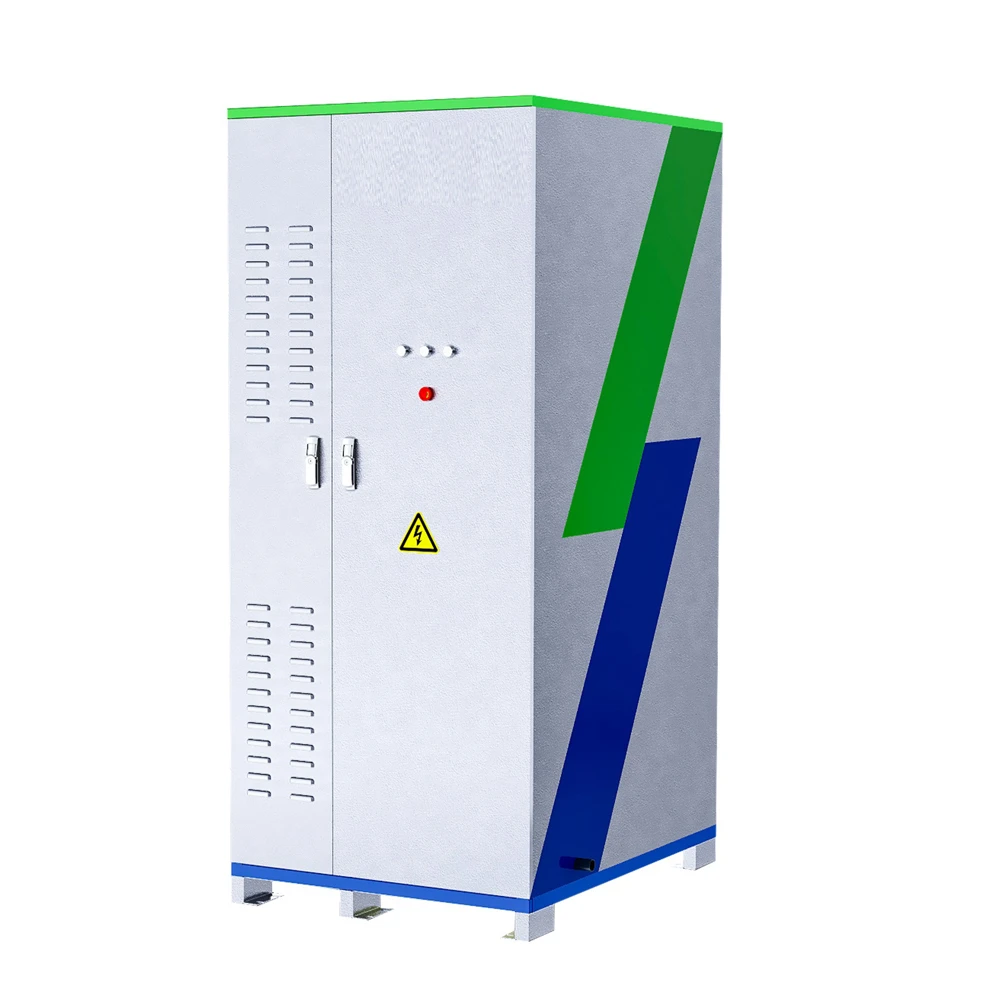 C&I Energy Storage System-215KWH
C&I Energy Storage System-215KWH
|
| Rated power | 500KW | max100KW |
| AC output voltage | 400VAC | 380VAC |
| Nominal energy | 1075KWH | 215KWH |
| Voltage and capacity | 768V 280AH*5 clusters | 768V 280AH |
| DC voltage range | 680V-840V | 680V-840V |
| Communication | moubus | 485,CAN Ethernet |
| Protection degree | IP54 | IP54 |
| Firefighting system | Heptafluoropropane | Heptafluoropropane |
| Thermal management | HVAC | Liquid cooling |
| Dimensions(W*D*H) | 6058*2438*2896 | 1280*1000*2400mm |
| System topology | AC couple | AC couple |
The best large battery storage Manufacturer
Despite the outstanding benefits that the large battery storage affords users, it is important to note that you can only get the best if you have a top manufacturer. With many energy storage companies making different products available in the market, selecting the right one can prove to be a bit more complicated. However, the best manufacturers, like TYCORUN, a manufacturer of best rechargeable batteries, with experience of over 10 years, can help ensure you get value for your money by providing the best quality storage systems. Fore more information, you are always welcome to click and contact us.FAQs about large battery storage
What are the factors determining the capacity of large battery storage?
Capacity can be affected by several factors, including the DOD, ambient temperature, discharge current, application, and maintenance.Can energy storage systems reduce costs?
Yes. Energy storage systems are known to be a cost-effective way of integrating renewable energy, compared to the traditional transmission lines. Energy storage equipment can store electricity during periods of low electricity load (such as nighttime or midday trough hours), and release the electricity during peak periods of electricity load, and use the price difference between peak and valley hours to help saving energy costs.Do large battery storage systems require maintenance?
Regular maintenance is necessary to keep the battery storage system safe and ensure it functions at the required level. Simple routines like regular cleaning, capacity tests, and replacing worn parts can go a long way to keep the battery storage systems healthy and durable.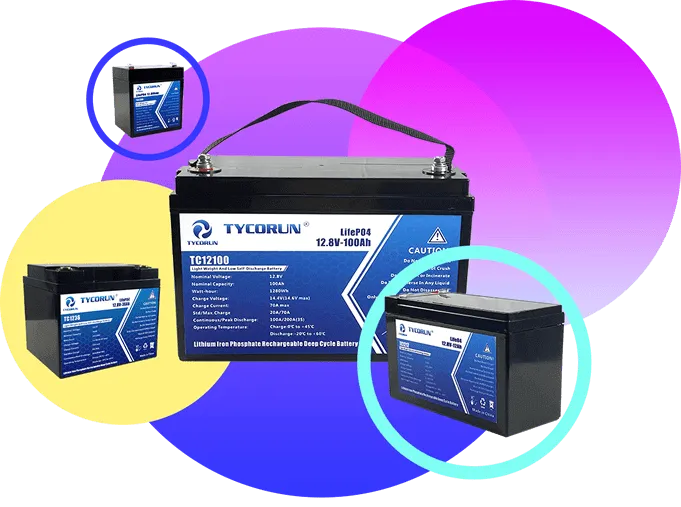
About lithium ion battery solution suppliers
TYCORUN® has more than 15 years of experience in the lithium battery industry and is a Chinese high-tech enterprise that develops, produces and provides professional battery solution and various new energy battery products.
12V lithium ion battery production capacity accounts for 80% of our lithium battery manufacturing products
High quality assurance
TYCORUN is determined to become a leader in the lithium battery industry, quality is our culture!
Professional manufacturers
With lithium ion battery pack as the core, integrating channels and technologies
Factory wholesale price
We promise to let customers get the most cost-effective lithium battery solutions and products
Reliable Service Assurance
Provide lithium ion battery OEM, ODM, 1 MOQ.Full Set of Certificate

Rack-mounted lithium ion battery
Rack-mounted is easy to series,and parallel the Voltage to 192V or 384V Lithium Ion battery.

Wall-power lithium ion battery
The solar battery home storage system, it can put on the wall, Save the space, and safety. Providing 48v lithium ion battery,50Ah, 100Ah, 150Ah, 200Ah.

Lithium ion Replace lead acid battery
Lithium ion replace lead acid battery we can series or parallel the 12v battery pack and any v & ah you want to design.Used more 12v 50ah,12v 100ah,12v 200ah.
Join our team to get experienced battery solution advice
We have nearly 20 years of OEM&ODM experience in this area of lithium battery production and we strive to achieve the following vision: to control the energy for a better life.
We understand that nothing is more important than the enery, environment and future for us and the next generations, through its many transitions. We are here to help you. The mission of Tycorun Energy is to provide the clients with the best lithium battery, and help build a green environment for now and the future with our professional skills and experience.





-
High Voltage lithium ion battery
384V 50Ah UPS lithium ion battery 20kwh lithium battery for UPS
Rated 0 out of 5Read more -
High Voltage lithium ion battery
192V 100Ah UPS lithium battery rack type lifepo4 battery for UPS
Rated 0 out of 5Read more -
High Voltage lithium ion battery
192V 50Ah UPS lithium battery high voltage LiFePO4 for UPS system
Rated 0 out of 5Read more
